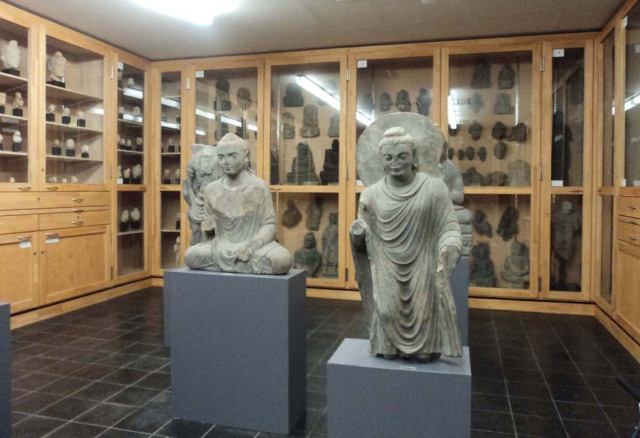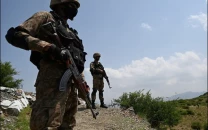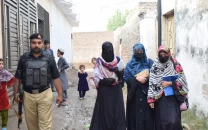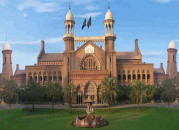Gandhara Art: Berlin exhibits Swat’s artefacts to the world
Work from Multan and Sindh also showcased at the Museum of Asian Art, Berlin.

The museum, which houses more than 25,000 Asian artifacts and holds the collection of south, southeast and central Asian art, exhibits a special area for Gandhara art where intricate artifacts from the Swat Valley are displayed. It is also one of the largest museums of ancient Asian art and consists of works from fourth century BC.
“The present museum is the outcome of two museums: the Museum of Indian Art and Museum of East post-2006 Asian Art,” says Martina Stoye, curator of the south and southeast asian collections at the museum.
Stoye, who has also conducted a research on Gandhara Art, told The Express Tribune that the museum wanted to honour Asian art. “We just want to honour the art of Asia and to bring it to the level of European Art. We present it as a well-developed culture to the world and really want to protect this heritage. This is a sign of respect given to the people of other regions too,” she said.
“We have a large old collection of Gandhara Art. This is the collection of Laetner who travelled to the South Asian region and collected many objects. He spent twenty years in Lahore as well. He had displayed his collection (consisting of 500 pieces of Gandhara Art) at the biggest cultural exhibition of the world at Vienna in 1873 and later also displayed them at an exhibition in Florence. Through those exhibitions, the European public was acquainted with the Gandhara artefacts,” Stoye said.
When asked about how the Berlin museum acquired Laetner’s collection, Stoye said, “Laetner had opened a small private museum in Woking in southwest London with all Gandhara pieces but when he died, his widow wanted to sell all his belongings and she offered them to various museums. At that time, the Berlin museum was very lucky to buy the entire Laetner collection which was in sound condition and had an interesting history.”
Talking about the different phases of the museum, she said, “The second World War was a very difficult time for museums in Berlin. During the war, curators were told to pack all the items and divide them into three categories in order of importance. So the very important objects were taken out of Berlin and buried, the less important ones were buried in Berlin while those in the third category were left in the museum,” she said.
Russian soldiers, Stoye said, had taken 70,000 objects as war-booty, including some of Gandhara artefacts. Negotiations are in process to get them back while some of them were brought back in the 19th century.



















COMMENTS
Comments are moderated and generally will be posted if they are on-topic and not abusive.
For more information, please see our Comments FAQ